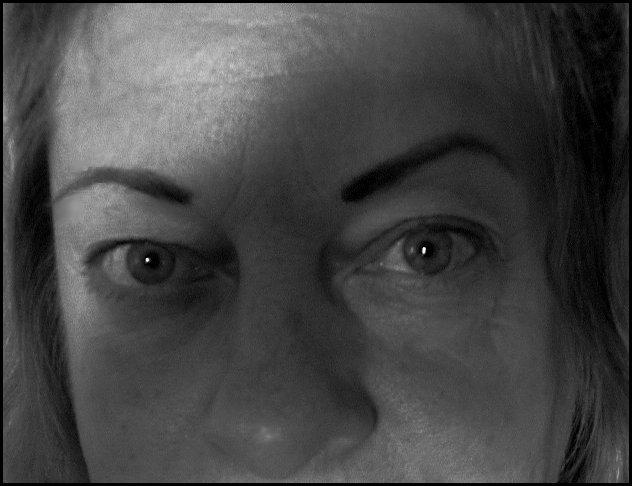Some older photos
 Another photo from my day downtown in June of 2007. I have not yet edited about half of the photos from that day. This is the steps of the Carillon.
Another photo from my day downtown in June of 2007. I have not yet edited about half of the photos from that day. This is the steps of the Carillon.
The Netherlands Centennial Carillon,
A set of at least 23 bells encompassing two or more octaves in half-tones, and manually played from a touch-sensitive keyboard. The instrument originated in the 16th century in the Low Countries, in ranges of from two to three octaves. In the early 21st century a range of four octaves is common; five or more is exceptional. The carillon usually is an outdoor instrument, its bronze cup-shaped bells fixed in a tower belfry or, in some modern examples, on an open frame. The bells vary in size: those in a large carillon range from 16 cm in diameter and 5 kilograms in weight to over 2 m and 1000 kilograms. The carillon is played from a keyboard of large round wooden keys and short pedals that are connected to the bell clappers by simple tracker action. The keys and pedals are depressed with full arm and leg stroke, sometimes requiring considerable physical exertion. Dynamics vary with touch, and there are no dampers. Automatic playing (in which there is virtually no control of expression and dynamics) formerly was rendered by a rotating cylinder, with pegs (set according to the music) moving the external hammers. Latterly electric magnets or motors have been used to move the hammers or clappers, the music being encoded on an electronic cassette or computer disk, often as part of a MIDI system. Automatic playing is limited mostly to European carillons. A true carillon is played manually without electric or electromagnetic assists, but can be set up to be played automatically by external hammers and manually by internal clappers.
The carillon came into use as an adjunct to the Dutch tower clock, announcing the time at frequent intervals with pleasing melodies, and providing hand-played open-air music on festive occasions. The carillon's rarity may be attributed to the difficulty in tuning the partial tones in the bells so that chords and complex passages may be sounded accurately. After the mid-18th century there was a lapse of 150 years before well-tuned carillons were built again; in the 19th century about 15 instruments of inferior quality were installed in Europe and three in the US. At the beginning of the 20th century two English founders, Gillett & Johnston of Croydon and John Taylor & Co of Loughborough, developed sufficient skill in casting and tuning to produce satisfactory carillons, and prior to 1922 about eight appeared in Europe.


No comments:
Post a Comment